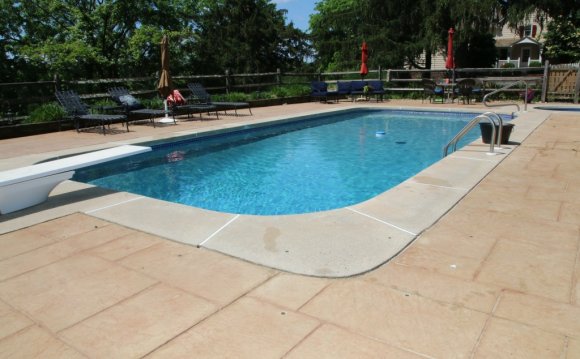
Having done some plaster, but only on inside walls (perhaps not drywall, genuine plaster), plus some finish cement and masonry work, i must state the most useful action you can take is build your self some sample surfaces and try to learn there. In fact hardened materials are a significant pain to eliminate, and will look awful if you do an unhealthy task.
Keep in mind that significant amounts of the energy into the area originates from the chemical reactions (including oxidation) when you look at the materials. For that reason, you will need to possess dampness amounts appropriate. A huge challenge when plastering is ensuring the root layer does not suck the water from the mix, that will result in the level you're wearing to fail (since it's too dried out when starting). Mist the outer lining very carefully: too damp is just as bad as too dry. (Ask me how I understand. Go ahead, ask ;-))
The remark from DMoore can also be right: a smooth appearance throughout the area is very important. Creating some guides that allow you to definitely search for large and low places if you are nonetheless wet can certainly make your daily life better. I'ven't done something nearly as huge as a pool, but this made my life a lot easier in big chapters of wall surface that must be repaired in a historic building.
We watched the old-timey positives do a little plaster over a solid brick wall in my last house, therefore generally seems to myself your strategy for seams is always to have the assistant combining batches to time thing simply therefore. Like that, the side of the job you're just completing is still fresh if the brand new blend appears, and you never truly have a certain seam (here is the "hot joins" bit you point out). Definitely, to help make this work you basically want to do the whole task in one go. Difficult to do, whether or not it's big enough. If you're doing this for the first time, i believe planning to repeat this with only couple will result in not able to do that.
Do maybe not ignore keeping the task clean while you get. You could make a fairly great job look like total crap with stray bits of mess hanging out, and hardened Portland concrete is quite difficult to clean. (can be done it with polishing etc, but it is means easier to get since clean as close as you can originally.)
If you can get a hold of some smallish and great finish-concrete or finish-plaster problem to try performing first, your hand and attention utilizing the trowels may be means better when you are getting for this much larger job. If you can learn to love wavy bits within finished work, after that mastering while you go may be ok. However if you can test to master in some smaller jobs initially, I bet your lifetime will likely be better. If only i really could go back with time and re-do the very first roof re-plaster i did so, because i possibly could observe I got better when I moved over the roof (I became off time because my wife wanted me to prepare one thing in the place of butter the ceiling even more!).
What does a stock split mean? how to improve your gaming setup for free How to invest? How to get bigger penis? How to make a popsicle sick bomb and other cool tricks? what is the difference between civil liberties and civil rights? what is the definition of hover What does a red flag mean? What is the meaning of mercy in the bible? how to adjust scroll feed-in setlist helper how to improve reading skills in ielts what is the difference between selling and pawning What is the meaning of rainbow baby? how to level skills in lost ark what is the difference between ram and memory what is the main difference between flagella and pili? What time does petsmart open? How to fix fishing rod tips? What does ten fold mean? health education definition according to who How to cook stuffed pork chops? what is the difference between a kink and fetish which statement expresses the american marketing association (ama)’s core definition of marketing? what is the definition of herd immunity What does queer sexuality mean? How to remove spots from face in 2 days naturally? What is peripheral neuropathy? what is the difference between retinoid and retinol Those who would give up essential liberty to purchase a little temporary safety meaning? how to put self taught skills on resume What does folic acid do? how did the virginia plan aim to improve the structure of the national government what is the definition of a hand in horse terminology what skills does a professional dancer need How to clear nose congestion? How to get away? what is altruism definition What time does walmart close on sunday? What are sarms? what is the difference between a clause and a phrase cartoon where kid takes advice too seriously How to do cool tricks on google crome? how to improve golf score how to assign skills diablo 3








